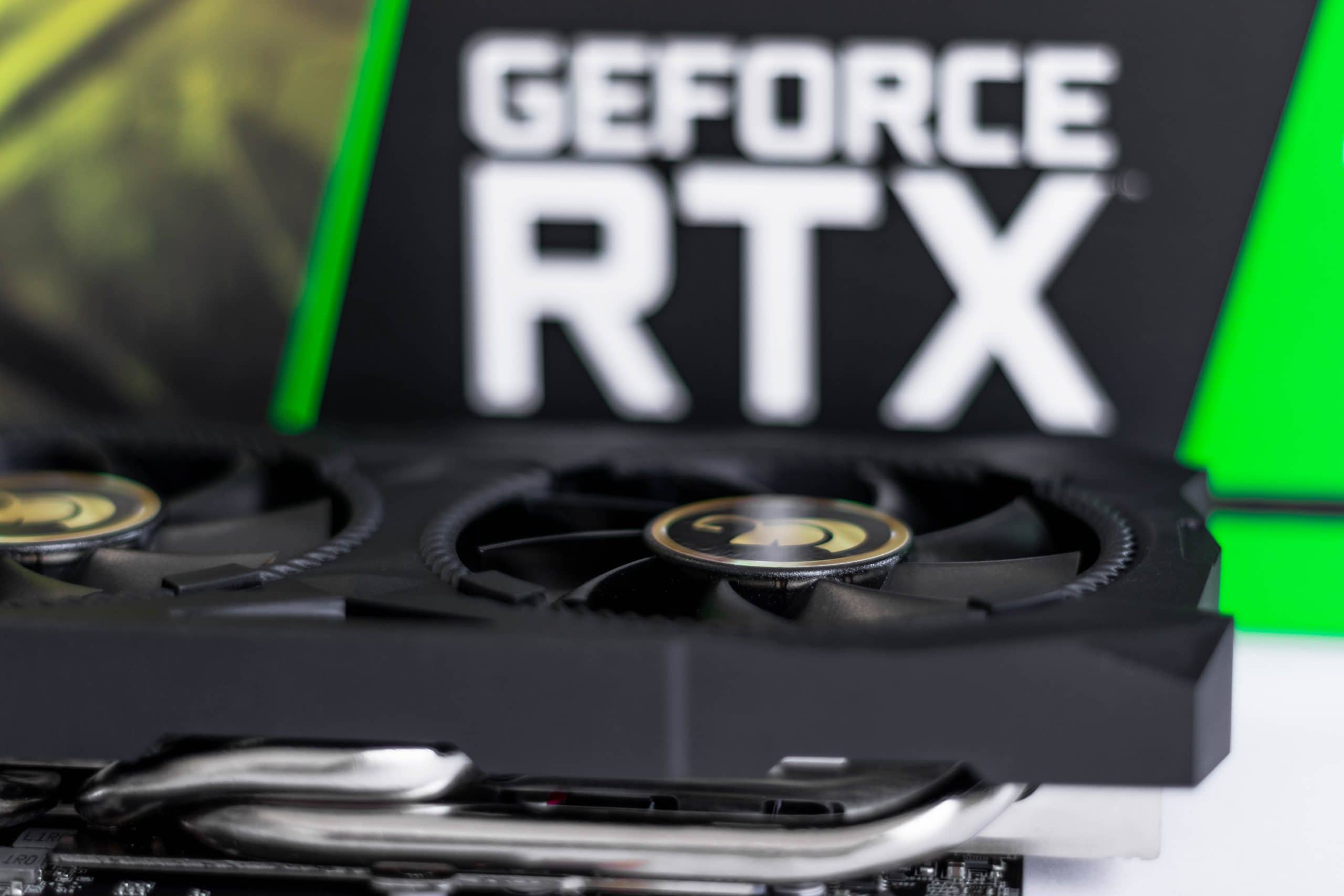Note: This is a guest post written by Jeeva Shanmugam. You can reach him on Instagram, X, or email – The graphics card, often known as the GPU, is the silent force that powers your PC’s visual capabilities, bringing games, videos, and apps to life. Navigating the huge terrain of graphics cards can feel like a pixelated labyrinth, but don’t worry! This guide will provide you with the knowledge you need to dominate the GPU market and maximize the visual potential of your machine. Let’s get started!

Choosing the Best Graphics Card for Your Need
Step 1: Assess Your Needs
Before diving into technical specs, it’s critical to determine your core PC activities:
Gaming
Gamers prioritize raw performance, including high frame rates, resolution support, and ray tracing. Choose a GPU that matches the recommended specs of your favorite games.
Video Production and Content Creation
Video editors, graphic designers, and 3D artists need a powerful GPU for smooth rendering, complicated computations, and huge file processing. Look for cards that have dedicated video memory (VRAM) that support NVENC or ProRes encoding.
Everyday Use
For everyday chores like online browsing, office work, and streaming integrated graphics may be sufficient. However, a dedicated GPU can increase video playback and performance in demanding applications.
Step 2: Match Your Monitor. Resolution is important.
The resolution of your display plays an important influence in determining the GPU power required.
1080P (Full HD)
Mid-range graphics cards, such as the Nvidia GTX 1650 or AMD Radeon RX 5600 XT, perform well in 1080p gaming at high settings.
1440P (Quad HD)
For high frame rates and challenging games at 1440p (Quad HD), choose mid-high-range cards such as the Nvidia RTX 3060 or AMD Radeon RX 6600 XT.
4K (Ultra HD)
For 4K gaming and editing, a powerful GPU like the Nvidia RTX 3080 or AMD Radeon RX 6800 XT is necessary. Keep in mind that 4K requires far more processing power than smaller resolutions.
Step 3: Explaining the Specifications
Once your requirements are clear, go into the technological landscape, focusing on critical specifications:
GPU
The graphics processing unit (GPU) is the card’s brain and handles graphics rendering. Higher clock speeds and newer generations suggest better performance.
Video Memory (VRAM)
Video Memory (VRAM) is temporary storage for textures and graphics data. Most gamers can get by with 4GB-6GB, while content creators may require 8GB or more.
Bandwidth
Bandwidth refers to the speed of data flow between the GPU and RAM. Higher bandwidth is required for efficient performance in demanding jobs.
Power Consumption
Consider your power supply unit (PSU) capacity and choose a card with reduced power consumption as needed.
Cooling
Proper cooling is essential to avoid overheating. For severe workloads, consider cards with several fans or advanced cooling systems.
Step 4: Brand Loyalty or Feature Focus
Nvidia and AMD, the GPU powerhouses, provide excellent possibilities. While Nvidia excels at performance and ray tracing, AMD stands out for its low price-to-performance ratio and features like as variable refresh rate (VRR). Select the card that best meets your needs and budget, regardless of brand.
Step 5: Do Not Forget Compatibility
Before purchase, confirm compatibility with your PC.
PCIe Slot
Most current GPUs utilize PCIe 3.0 or 4.0 slots. Check that your motherboard has a suitable slot for best performance.
Power Supply
To prevent component damage, make sure your power supply can meet the GPU’s power needs.
Case Size
Measure your case’s internal measurements to verify the GPU fits properly.
Step 6: Research and Review
Explore online reviews and benchmarks on reputable technology websites like as Tom’s Hardware, AnandTech, and TechPowerUp. This study offers real-world performance data and identifies potential difficulties with specific cards.
Step 7: Price Check and Patience
Finding the best pricing demands patience. Track internet price trackers, retailer sales, and used card markets. If your needs aren’t cutting-edge, last-generation cards are a fantastic value.
Step 8: Futureproofing Considerations
Consider your upgrade horizon. If you intend to retain your PC for several years, consider investing in a slightly higher-end card to handle future software and game requirements. If your needs are short-term, avoid overspending.
Step 9: Install and Drivers
Installing a GPU is trivial. For detailed instructions, refer to the manuals for your motherboard and GPU. Maintain appropriate ventilation and secure connections. Download and install the most recent drivers from the manufacturer’s website for improved performance and stability.
Step 10: Tweak and Tune (Optional)
GPU overclocking can provide additional performance. However, approach with caution and seek understanding before attempting this. Reputable manuals and forums provide invaluable insights.
Bonus Tip: Don’t overlook software optimization.
Even with a high-end GPU, software optimization is critical. Optimize background processes, change graphical settings, and consider tools like Game Boosters for further improvement.
Wrapping It All
Overall, choosing the correct graphics card is an investment in your computer’s visual capabilities. Understanding your needs, conducting thorough research, and making informed decisions can help you successfully navigate the GPU market. Your GPU is essential for translating pixels into stunning worlds, so choose wisely and enjoy the visual experience.






